Common video output interfaces in mainstream embedded systems include:
HDMI (High-Definition Multimedia Interface): HDMI is a digital video interface standard widely used to connect high-definition displays, televisions, and projectors. It supports high-definition video and multi-channel audio transmission, featuring high-quality transmission performance.
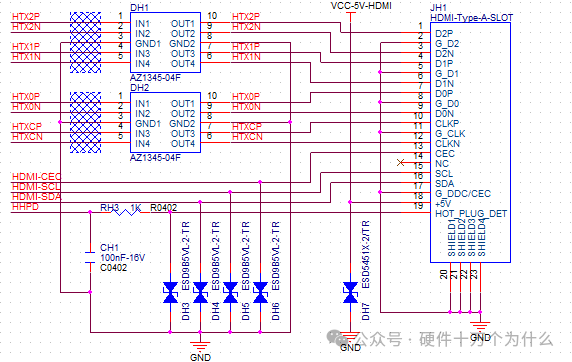
HDMI (High Definition Multimedia Interface), whose Chinese name is 高清晰度多媒体接口. So generally when we refer to HDMI, we mean this interface.
In April 2002, Hitachi, Panasonic, Philips Silicon Image, Sony, Thomson, and Toshiba established the HDMI organization, and formulated a dedicated standard for digital video/audio transmission. In December of the same year, the HDMI organization released version 1.0, and subsequently, various types of interfaces compatible with HDMI versions were designed.
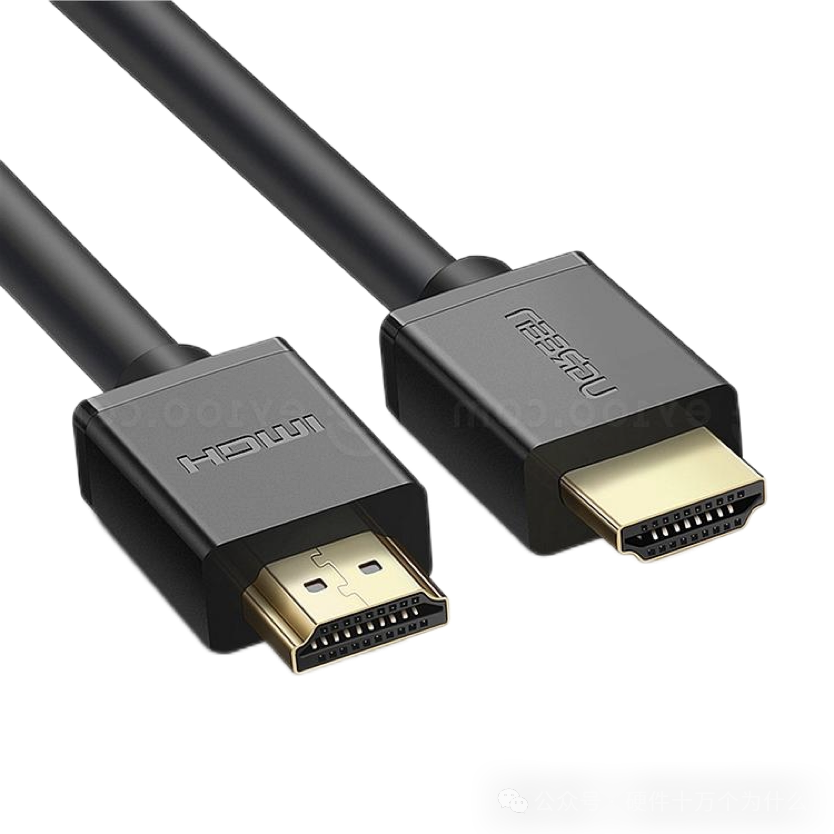
HDMI is a digital video/audio interface technology, suitable for transmission with a dedicated digital interface, capable of transmitting uncompressed audio signals and high-resolution video signals within a single transmission cable, without the need for digital-to-analog or analog-to-digital conversion prior to signal transmission.
Compared to analog signals, digital signals have many advantages. First, the output video signal is more stable and less susceptible to interference, resulting in ghosting and color distortion. Second, HDMI interfaces can output both video and audio signals simultaneously, without the need for an additional audio cable. Finally, HDMI interfaces support hot-swapping, making them very convenient. All of these factors have led to HDMI interfaces, as representatives of digital signal transmission technology, gradually replacing analog signal transmission methods and becoming mainstream. HDMI interfaces quickly became essential for devices such as set-top boxes, DVD players, personal computers, televisions, game consoles, integrated amplifiers, digital audio systems, and TVs.
HDMI Interface Types (Physical)
However, although HDMI interfaces are efficient and easy to use, they have different physical appearances when applied to different devices. The HDMI association has defined the following five types:
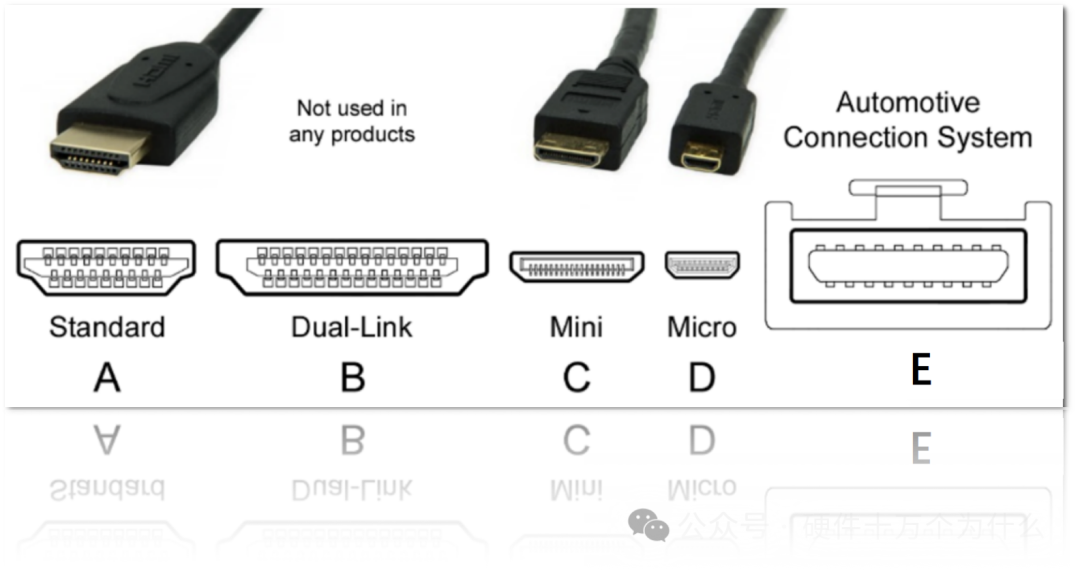
Type-A
Also known as Standard (Standard) HDMI interface, it is the most common type of HDMI connector on the market, designed with 19 pins, a width of 13.9 mm, and a thickness of 4.45 mm. This type is generally used in devices such as laptops, DVD players, televisions, and computer monitors, and has been in use since version 1.0.
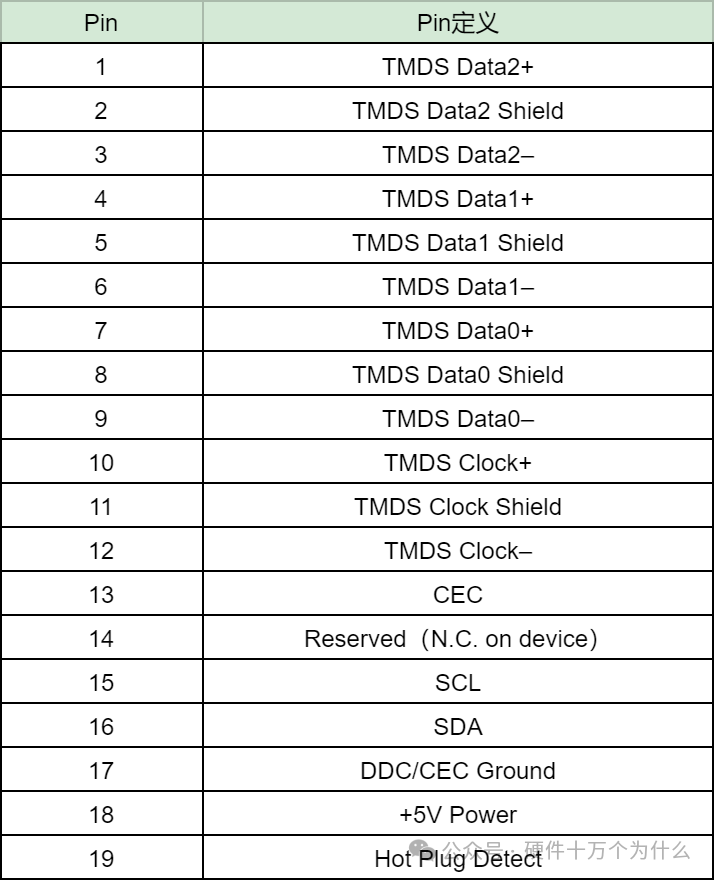
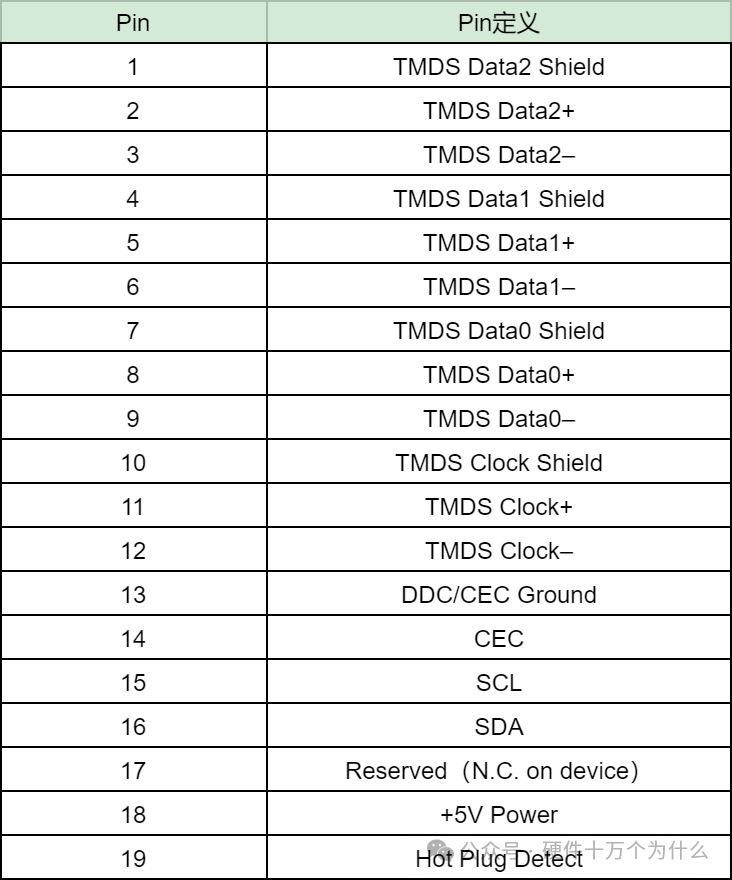
Type-B
Currently very rare, designed with 29 pins, with a bandwidth twice that of Type-A. Theoretically capable of transmitting WQXGA (2560×1600) high resolution, but at the time, HDMI chips could not operate at such high frequencies, so there are no products on the market that use it.
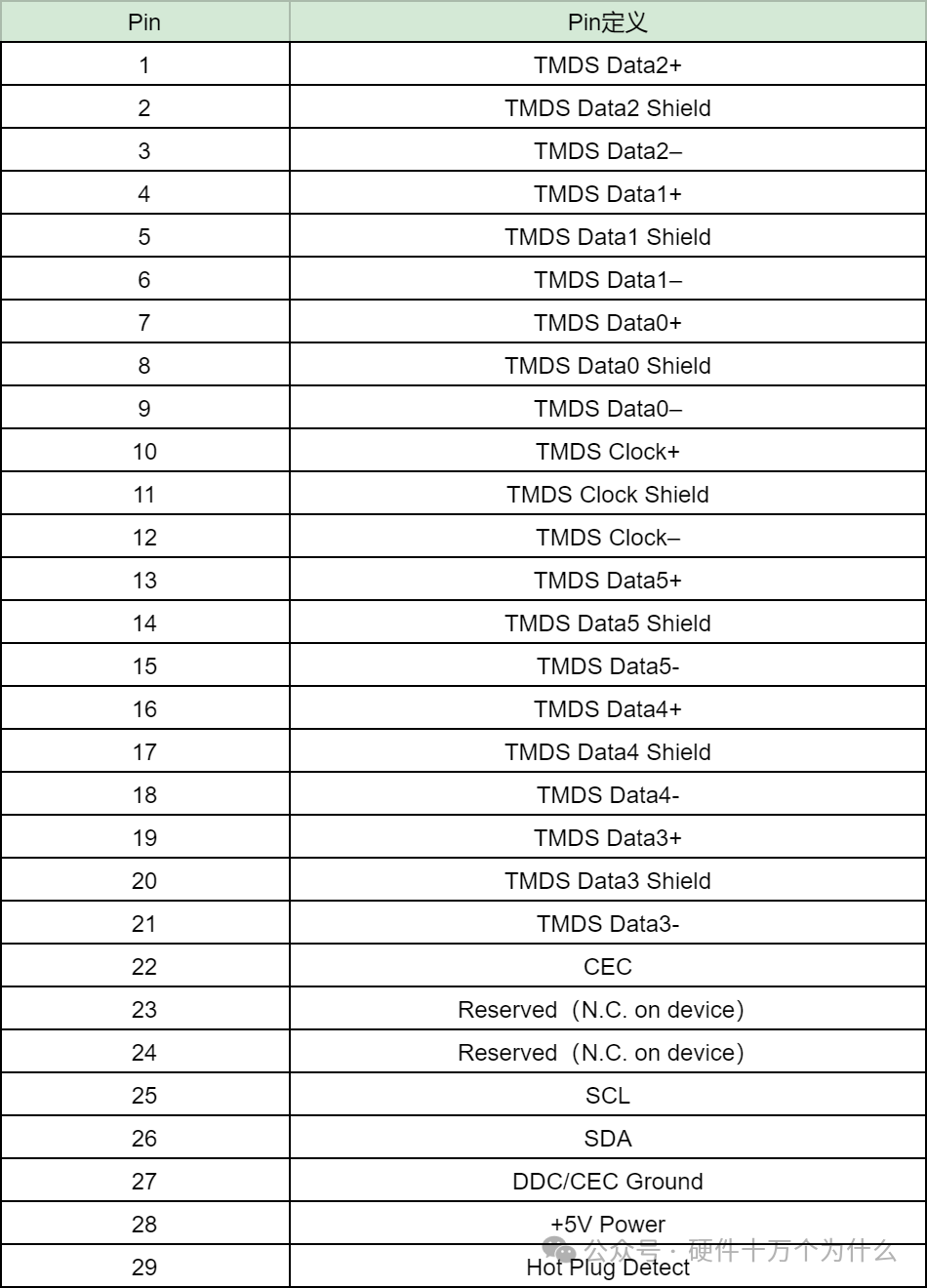
Type-C
Also known as mini (small) HDMI interface, designed with 19 pins, but the pin arrangement is in a single row, its size is 10.42×2.4 mm, nearly one-third smaller than Type A, and its application range is very small, sometimes used in some thin laptops or computer screens.
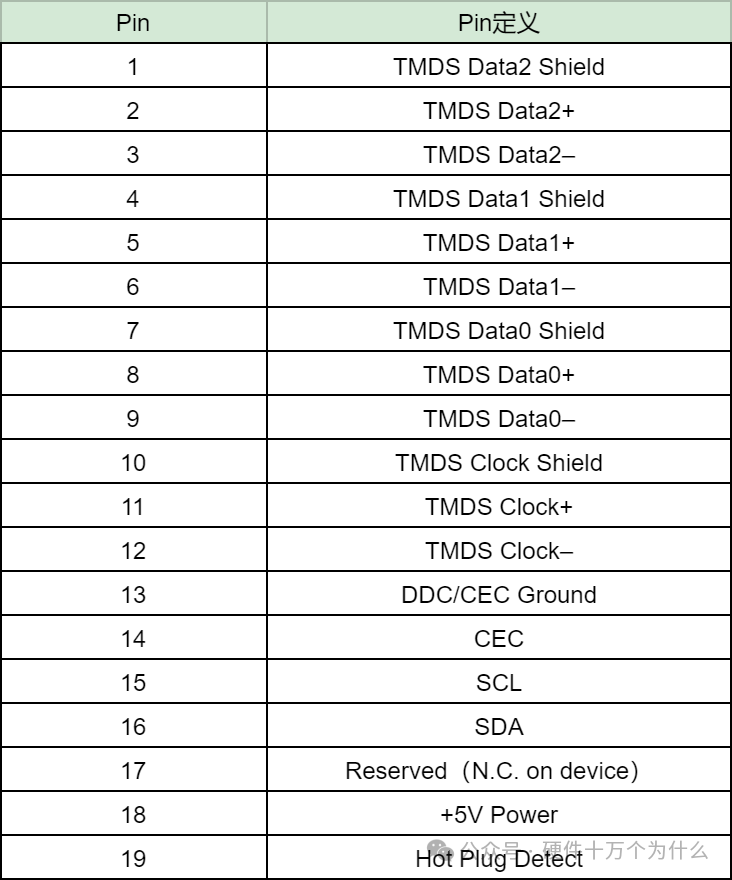
Type-D
Also known as micro (mini) HDMI interface, it uses a double-row pin design with 19 pins. Type-D interface is about half the area of Type-C, with a size similar to that of miniUSB interface, making it suitable for portable devices that require a compact design, such as digital cameras and tablets, and is more suitable for portable and in-car devices. It was introduced in version 1.4.
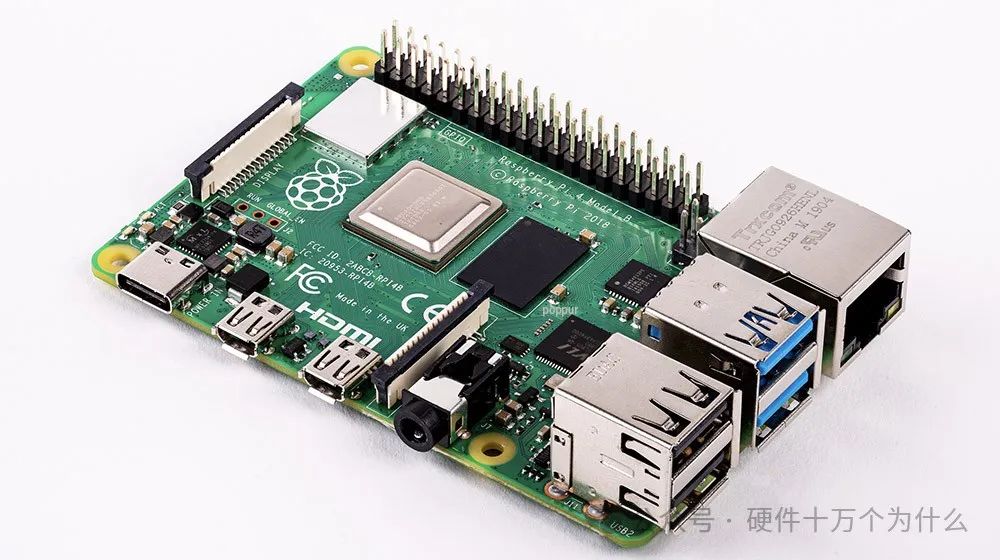
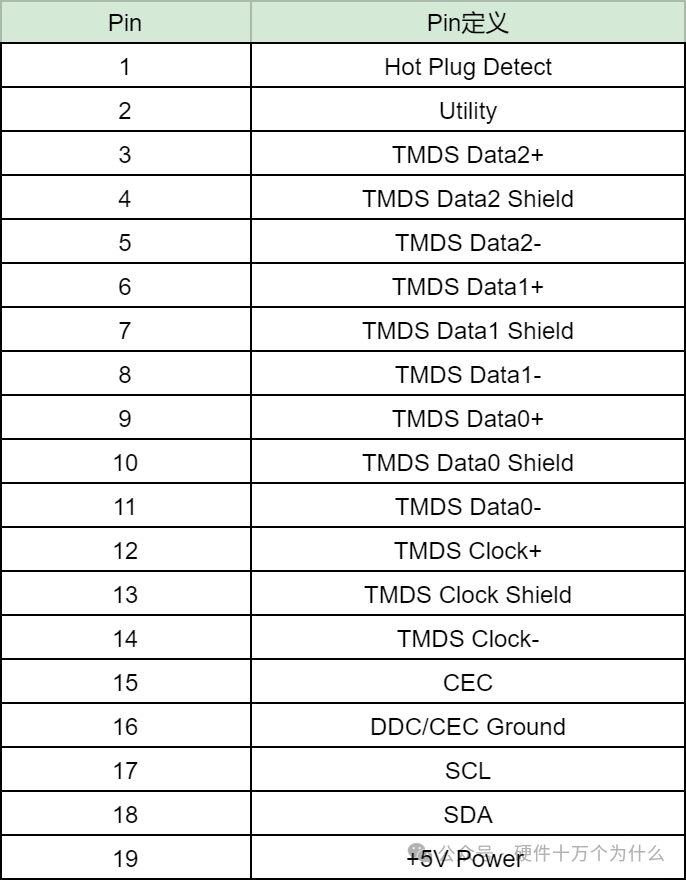
Type-E
This type is specifically designed for automotive cables, with a 19-pin design similar to other types, but with a mechanical lock design at the cable connection point, ensuring connection stability during vehicle movement. This type is not commonly seen by general consumers in the market.

HDMI Cable Types
Whether an HDMI cable meets the user’s needs depends on two parts: “wire” and “interface”. The wire determines the bandwidth of the cable, corresponding to the maximum resolution transmitted by the cable; the interface determines the types of devices that the cable can connect to. The data volume that HDMI cables can transmit depends on the frequency speed on the TMDS channel, and based on the maximum transmission rate, they can be divided into the following four different HDMI cable specifications:
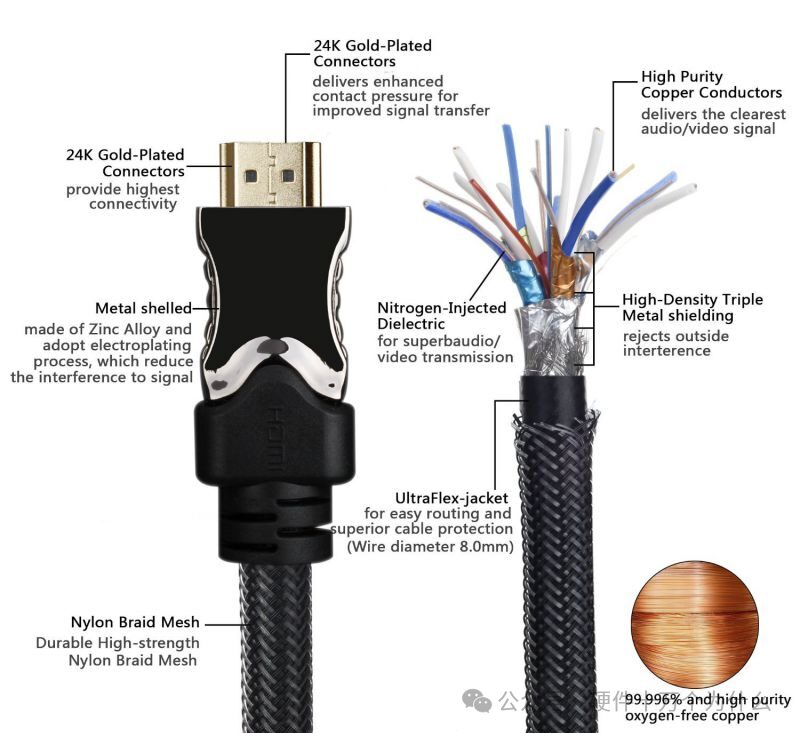
1) Category 1 cable
Category 1 cable (standard HDMI cable) supports a maximum TMDS frequency of 74.25MHz, with a bandwidth of 2.25Gbps, capable of transmitting 720p/1080i 60Hz video.
2) Category 2 cable
Category 2 cable (high-speed HDMI cable) supports a maximum TMDS frequency of 340MHz, with a bandwidth of 10.2Gbps, capable of transmitting 4K2K 30Hz video.
3) Premium HDMI cable
Premium HDMI cable (upgraded high-speed HDMI cable) supports a maximum TMDS frequency of 594MHz, with a bandwidth of 5.94Gbps, corresponding to the maximum bandwidth of HDMI 2.1, capable of transmitting 4K2K 60Hz video.
4) Category 3 (Ultra High Speed, UHS) cable
Category 3 cable: (Ultra high-speed HDMI cable) supports both TMDS mode and FRL mode, with a maximum bandwidth of 48Gbps, capable of transmitting 8K 60Hz uncompressed video.
Among them, 1) and 2) are defined in HDMI version 1.4, 3) is defined in the Premium HDMI Cable Specification, and 4) is defined in HDMI version 2.1.
When HDMI versions were updated from version 1.3 to 1.4, new support for Ethernet functionality was added, allowing different devices to share network functionality through their connected HDMI cables without needing to connect additional network cables. If a cable supports this feature, it will be labeled “with Ethernet” after its name. See the table below for “HDMI Cable Market Names and Categories” (adapters mean interfaces):
HDMI Cable Market Names and Categories
In addition, there is a type of automotive cable (Category 1 Automotive), which has its own definition under the HDMI 1.4b specification. Due to the limitations of usage, automotive cables have lower supported bandwidth, with a maximum frequency of only 74.25MHz. Considering that the internal environment of cars is usually much harsher than indoors, to withstand bumps, temperature changes, and other factors, there are certain requirements for connection stability, shock resistance, moisture resistance, etc., so the interface will use a specially designed structure with a larger size Type-E interface.
HDMI Versions and Functions
Earlier, we introduced the mainstream HDMI interface types. Like USB interfaces, HDMI interface types have also changed with the evolution of its interface protocols (versions). Now let’s take a look at how many versions HDMI has released since its establishment, and what new technologies different versions have brought.
When describing the versions and functions over the years, we first introduce an important feature common to all HDMI versions—HDCP-based security features. Here, we briefly introduce HDCP.
HDCP
HDCP (High-bandwidth Digital Content Protection) is an old technology led by Intel, aimed at “preventing users from illegally recording” and copying content, protecting copyright. When illegal recording is detected, the picture cannot be displayed normally, reducing image quality and resolution.

It has now reached version 2.2, led by MovieLabs, with members including Paramount Pictures, Sony Pictures, 20th Century Fox, Universal Pictures, Walt Disney Studios, and Warner Bros. (Each generation of versions is not backward compatible; to achieve high resolution, one must support the new version).
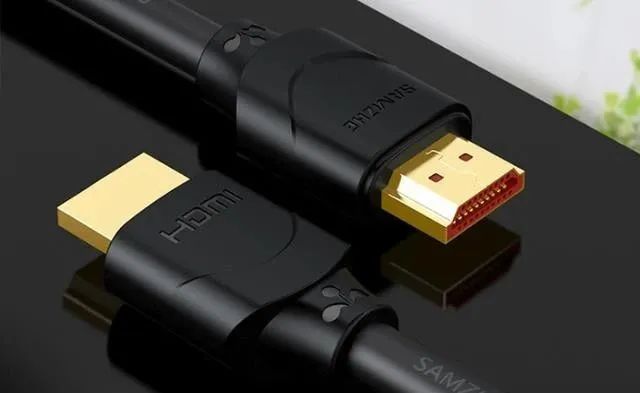
HDMI 1.0
Supports Blu-ray and full HD 1080/60p
The earliest HDMI version, launched in December 2002, can be said to be specifically designed for Blu-ray and other full HD software at the time. Its main feature is that it integrates video and audio transmission simultaneously, making it more suitable for audio-visual equipment compared to the DVI and DisplayPort pure video transmission interfaces on computers. HDMI 1.0 supports DVD and Blu-ray video, with a maximum bandwidth of 4.95 Gbps, of which 3.96 Gbps is used for video stream transmission, supporting 1080/60p or UXGA resolution; in terms of audio, it supports 8-channel LPCM 24bit/192kHz, meaning it has already achieved multi-channel Hi-Res, with very strong specifications.
DVD-Audio and SACD audio have been supported after minor revisions of HDMI, but unfortunately, these two formats have not become popular.
HDMI 1.1
New support for DVD audio
In May 2004, HDMI 1.1 was released, adding support for DVD audio. DVD-Audio stores 16bit/44.1kHz to 24bit/192kHz PCM music on DVD discs, originally intended to succeed CD formats like SACD, but unfortunately, both formats have not become popular.
HDMI 1.2
Supports SACD
HDMI 1.2 was released in August 2005, adding support for 1-bit audio, namely SACD audio streaming, supporting up to 8 channels, greatly addressing the lower resolution supported by HDMI 1.1 and compatibility issues with computer devices. The pixel clock frequency of version 1.2 reaches 165MHz, with a data volume of 4.95Gbps, thus enabling 1080P, which can be considered as resolving the point-to-point display issues between TVs and computers.
HDMI 1.2a
Compatible with CEC multi-device control
The minor revision of HDMI 1.2 was released in December of the same year, supporting all CEC (Consumer Electronic Control) functions, allowing compatible devices connected via HDMI to be controlled by a single remote control.
The new generation of televisions, Blu-ray players, and other devices can support Deep Color technology, making the displayed colors richer.
HDMI Type-A, the most common HDMI plug, has been used since version 1.0, while Type C (mini HDMI) was introduced in version 1.3, and Type D (micro HDMI) was introduced in version 1.4.
HDMI 1.3
Bandwidth increased to 10.2 Gbps, supports Deep Color and high-definition audio streaming
In June 2006, HDMI 1.3 was updated, bringing the most significant change by increasing the single-link bandwidth frequency to 340MHz, allowing these LCD TVs to achieve a data transfer volume of 10.2Gbps. The HDMI 1.3 cable consists of 4 pairs of transmission channels, one of which is a clock channel, while the other three are TMDS channels (minimizing transmission differential signals), with transmission speeds of 3.4GBPS each. Therefore, three pairs equal 3*3.4=10.2Gbps, enabling HDMI 1.1 and 1.2 versions to expand the 24-bit color depth to 30-bit, 36-bit, and 48-bit (RGB or YCbCr). HDMI 1.3 supports 1080P, and some less demanding 3D formats (theoretically unsupported, but some can actually work).
The 3D craze brought by ‘Avatar’ lasted for several years, so many new features of HDMI were optimized for 3D.
HDMI 1.4
Supports 4K/30p, 3D and ARC
HDMI 1.4 can be considered the most popular version a few years ago, launched in May 2009, which already supports 4K resolution, but only at 4,096 × 2,160/24p or 3,840 × 2,160/24p/25p/30p. That year also marked the beginning of the 3D craze, and HDMI 1.4 also supported 1080/24p and 720/50p/60p 3D images. In terms of audio, it added the practical ARC (Audio Return Channel) feature, allowing TV audio to be returned through HDMI to the amplifier for output. It also introduced a 100Mbps network transmission feature, allowing internet connection sharing through HDMI.
HDMI 1.4 can already support 4K, but is limited by a bandwidth of 10.2Gbps, which can only reach a resolution of 3840*2160 and a frame rate of 30FPS.
HDMI 1.4a, 1.4b
Minor revisions adding 3D features
Due to the 3D craze brought by ‘Avatar’, minor revisions HDMI 1.4a and 1.4b were released in March 2010 and October 2011, mainly targeting 3D, such as adding two types of broadcast 3D formats and supporting 1080/120p 3D images.
Starting from HDMI 2.0, video resolution supports up to 4K/60p, which is now commonly used in many televisions, amplifiers, and other devices.
HDMI 2.0
True 4K version, bandwidth increased to 18 Gbps
Launched in September 2013, HDMI 2.0, also known as